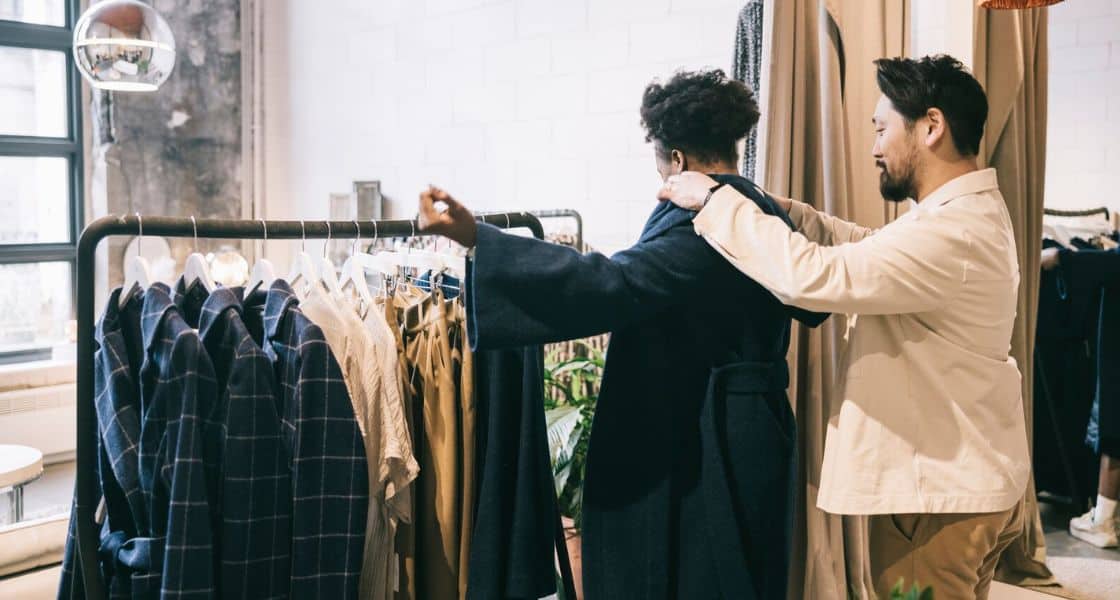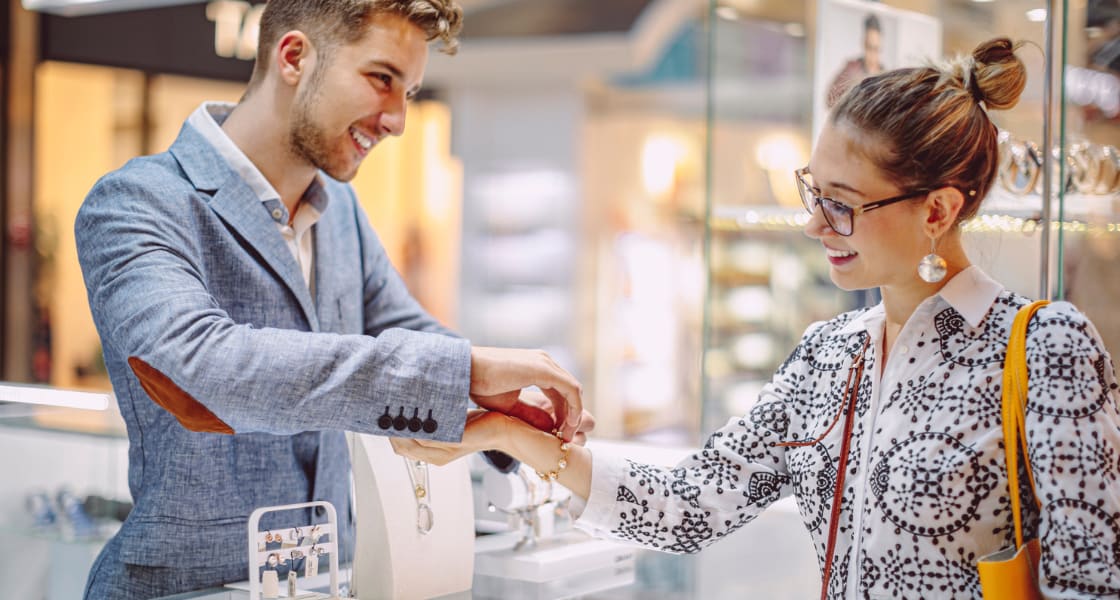Retail
Artificial Intelligence: The Luxury Retail Transformation
Published on 6 December 2024
Modified on 4 December 2024

Generative AI: an experimentation for luxury brands
With a widespread deployment of the technology in businesses not expected for another five to ten years, many brands are still in the experimentation phase, seeking to explore the potentials offered by innovation. In this context, luxury retailers are currently testing artificial intelligence (AI) to enhance their in-store decorations and innovate in artistic collaborations. For example, Gucci recently collaborated with Christie’s, the renowned auction house, to display nine fascinating artworks created using generative AI, highlighting the fusion between traditional art and modern technology.
Another striking example is the Gucci store in Chengdu, China. This unique outlet, spanning three floors, is adorned with remarkable AI-generated images, depicting not only the beauty of Florence during the Renaissance but also the enchanting landscapes of Sichuan. These works are presented on 33 LED screens, capturing the attention of customers and offering an unprecedented immersive experience.
Given the growing importance of personalisation in the luxury retail sector, AI plays a key role in enabling improved communication with customers and providing hyper-specific recommendations tailored to each brand. Prestigious brands such as Louis Vuitton, Dior, and Estée Lauder have each developed their own conversational agents. These sophisticated tools not only interact with customers in a more engaging manner but also respond to their individual needs, thereby strengthening the relationship between the brand and its consumers.
More security and less fraud with artificial intelligence
For luxury retailers, AI can also be a powerful weapon in the fight against the global counterfeit market and luxury product replicas, estimated at a staggering $1.9 trillion. This phenomenon represents not only a significant financial loss for brands but also a threat to their image and reputation. Patou, owned by LVMH, recently launched an innovative system called Authentique Verify. This solution uses AI-based verification technology that tracks products throughout the production chain by tagging them at manufacturing. With this method, retailers can ensure the authenticity of items, which could greatly help address the issue of “return fraud.” This practice, involving returning counterfeit items to stores instead of original products, poses a major challenge for retailers.
Moreover, some luxury brands use generative AI not only for verification but also for the design and visualisation of new products. This is the approach taken by watchmakers Bamford London, who recently utilised the AI software Midjourney to stimulate ideation during a collaboration with the renowned luxury house Chopard. This approach saves time and explores a multitude of innovative creations without the constraints of traditional methods.
However, there are critical voices among luxury retail players who disdain the use of AI. Text-to-image generators like Midjourney and Stable Diffusion, which allow anyone to create their own fashion or watch designs simply with a smartphone, have raised concerns among some brands. They fear this accessibility dilutes the value of craftsmanship and exclusivity, which are central to their identity. Other stakeholders argue that although AI can offer practical solutions, it has no place in a sector that considers human creativity, intuition, and artisanal expertise as sacred elements essential to the authenticity of luxury products. This tension between technological innovation and artisanal tradition highlights the challenges the luxury sector must face.
Read more: Practical Applications of Generative AI in Retail
Deploying AI in the Luxury Retail sector: where to start?
The deployment of AI in the retail sector at large has been extremely rapid and transformative, disrupting traditional methods of selling and interacting with customers. For example, the luxury second-hand fashion site Hardly Ever Worn It recently launched a search optimisation chatbot named Maia. This innovative tool aims to save customers valuable time by sparing them the tedious task of scrolling through looks and products, thus enabling them to find what they’re searching for more quickly. Levi’s, on the other hand, has partnered with the AI studio Lalaland.ai to enhance the diversity of its marketing. By using AI-generated models, the brand aims to represent a broader range of consumers and ensure its communication resonates with a diverse audience. These initiatives illustrate how AI technologies can improve the customer experience while promoting a more inclusive approach in retail.
AI arrives at Cegid, with Cegid Pulse
The major innovations and initial use cases of generative AI integrated into Cegid Retail solutions were presented at Cegid Connections Retail by Oliver Chiono, Retail Product Manager, and Laurent Terron, Sales Manager. These innovations include solutions such as Cegid Retail Live Store, Cegid Retail Store Excellence, and Cegid Retail Intelligence. André Brunetière, Chief Product Innovation, announced the launch of a new era for Cegid with Cegid Pulse, a set of intelligent agents integrated into all Cegid solutions.
Cegid Pulse is an innovative solution allowing users to interact with Cegid applications in natural language. Thanks to this technology, users can make real-time recommendations for their in-store customers based on voice interactions and customer history analysis. Cegid Pulse also offers an instant translation function to enhance communication with customers while providing simple, intelligent, and detailed performance analyses.
In summary, the integration of AI in the luxury retail sector represents a significant advancement that transforms interactions between brands and their customers. This evolution opens up exciting new avenues for optimising operations and improving the customer experience. Don’t miss the chance to explore these changes shaping the future of luxury retail.
Don’t miss: Developping business models for Growth: key insights from the Drapers Inner Circle Summit
Learn more

